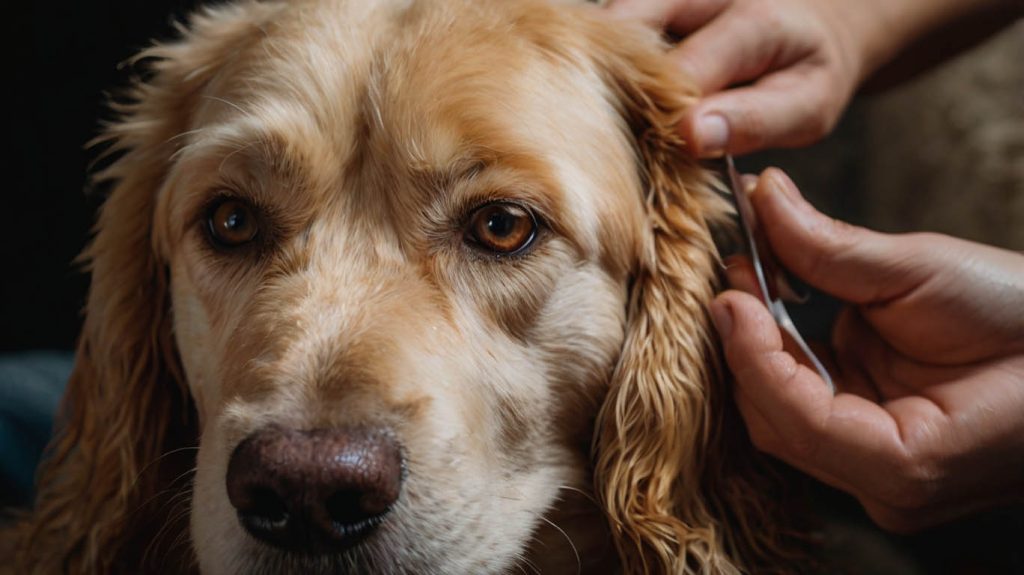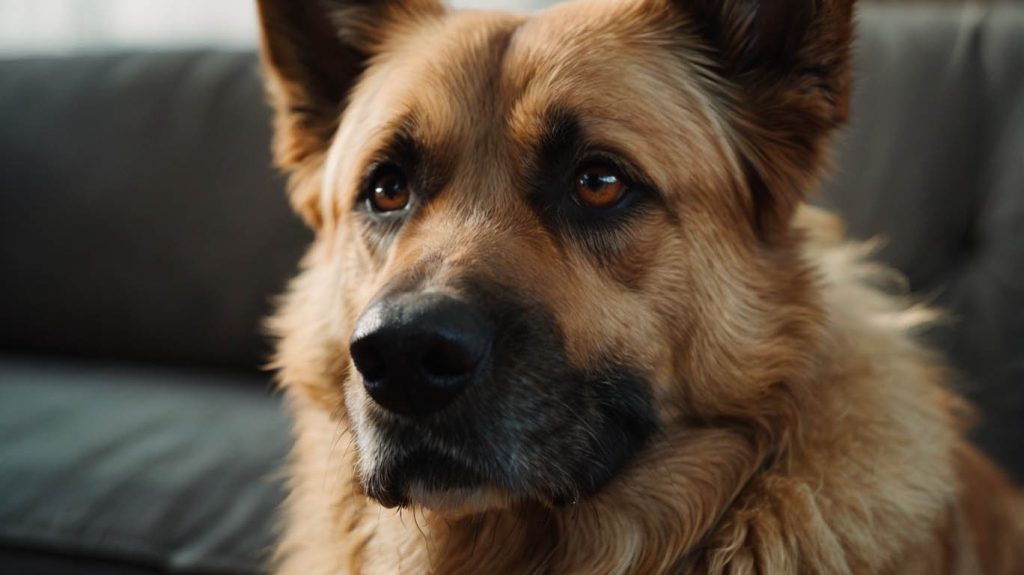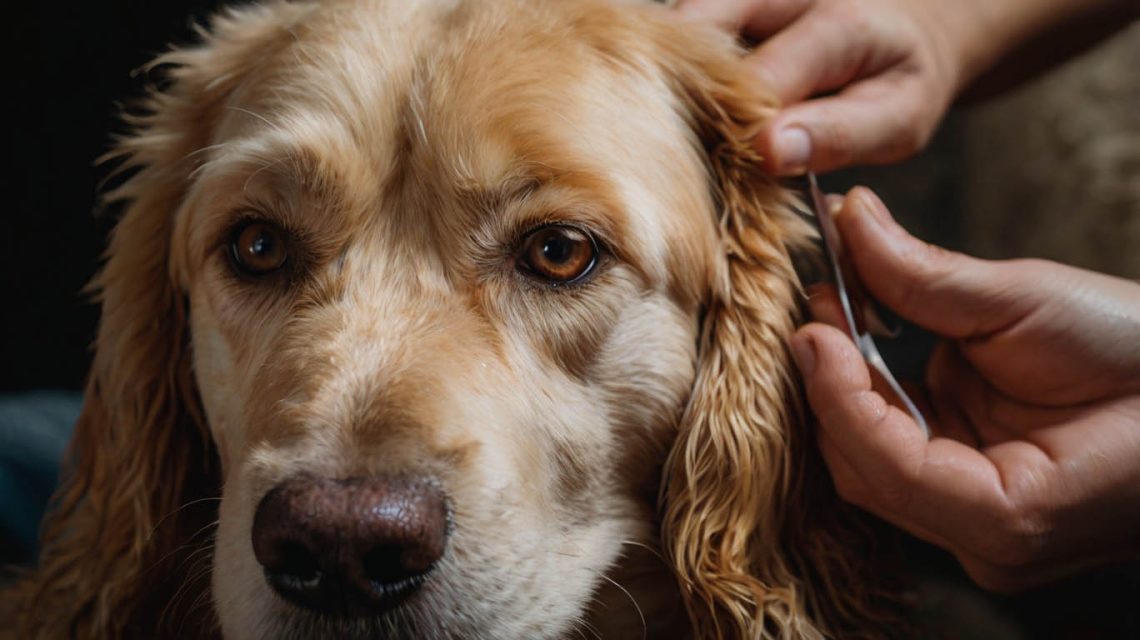If your dog has been scratching their ears more than usual, shaking their head, or giving off that unmistakable “ear odor,” it might be time for a little wax intervention. Fortunately, knowing how to get dog ear wax out at home doesn’t require special tools, chemicals, or stressful vet visits.
In this detailed guide, we’ll show you how to remove wax buildup naturally and gently. You’ll also hear Rocky’s story—a Labrador who went from constant itching to peaceful naps—thanks to a simple ear-cleaning routine. Plus, we’ll include easy DIY solutions, what to avoid, and how to tell when it’s time to call the vet.
Why You Need to Remove Dog Ear Wax Regularly
Just like humans, dogs naturally produce earwax to protect their ears. However, excessive wax buildup can become a problem—especially in breeds with floppy ears or hair inside the canal. If not addressed, wax buildup may lead to:
- Discomfort or itching
- Bacterial or yeast infections
- Redness or swelling
- Hearing difficulties
- Foul odor
Understanding how to get dog ear wax out the right way ensures comfort and prevents long-term issues.

Signs Your Dog Has Too Much Ear Wax
Not sure if your dog’s earwax levels are normal? Watch for these telltale signs:
- Frequent head shaking
- Pawing or scratching ears
- Brown, yellow, or black debris in the ear
- Musty or sour smell
- Sensitivity to touch around the ears
If the wax appears dark or your dog seems to be in pain, consult your vet before attempting at-home care.
Essential Supplies to Get Dog Ear Wax Out at Home
Before beginning, gather everything you’ll need. A calm, prepared approach makes the process smoother for both of you.
| Item | Purpose |
|---|---|
| Cotton balls or gauze | For wiping away wax |
| Natural ear-cleaning solution | Loosens and lifts built-up wax |
| Bulb syringe or dropper | For gently applying solution |
| Towel | Keeps your dog steady and clean |
| Treats | Rewards your dog and makes the routine positive |
Avoid Q-tips—they may push wax deeper or injure the eardrum.
Natural DIY Solutions: How to Get Dog Ear Wax Out Safely
Apple Cider Vinegar + Water
This combo helps dissolve wax and balances pH to deter bacteria.
How to Use:
Mix equal parts raw apple cider vinegar and filtered water. Apply with a dropper. Massage the base of the ear and wipe out the debris with gauze.
Olive Oil
Olive oil softens hardened wax for easier removal.
How to Use:
Warm slightly and add 2–3 drops into the ear. Let sit for 5 minutes, then gently wipe away wax and oil.
Saline Rinse
Gentle and effective, saline helps flush out minor buildup.
How to Use:
Use pre-made saline or mix 1/2 tsp of salt with 1 cup of distilled water. Apply using a dropper and wipe clean.

Rocky’s Story: One Dog’s Relief From Persistent Ear Issues
Rocky, a 5-year-old Labrador, constantly scratched his ears and had a recurring wax problem. His owner, Jenna, spent hundreds on vet visits with only temporary relief. After researching how to get dog ear wax out naturally, she tried olive oil drops weekly and started drying his ears after every swim.
In just two weeks, Rocky stopped scratching. Within a month, his ears were clear, and his energy was back.
Jenna said, “He’s sleeping better, playing more, and finally comfortable. And it only took things I had at home.”
Step-by-Step: How to Get Dog Ear Wax Out at Home
Step 1: Calm Your Dog
Find a quiet spot. Use treats and praise to reduce anxiety. If needed, wrap your dog in a towel to gently restrain them.
Step 2: Apply the Cleaning Solution
Use a dropper or syringe to apply your chosen solution. Avoid pushing the applicator deep inside.
Step 3: Massage the Ear Base
Gently massage the base of the ear for 20–30 seconds. This loosens wax and helps distribute the solution.
Step 4: Let Your Dog Shake
Allow your dog to shake their head. This helps expel wax and fluid.
Step 5: Wipe and Dry
Use a cotton ball to wipe the visible inner ear. Only clean what you can see—don’t go deep.
How Often Should You Remove Dog Ear Wax?
Consistency matters—but overcleaning can cause irritation. Base frequency on your dog’s breed and habits.
| Dog Type or Activity Level | Suggested Cleaning Frequency |
|---|---|
| Floppy-eared dogs | Once per week |
| Dogs who swim frequently | After each swim |
| Short-haired, indoor dogs | Once every 2–3 weeks |
Always check your dog’s ears regularly—even if you don’t clean them every time.
Mistakes to Avoid When Removing Dog Ear Wax
- Using hydrogen peroxide: It’s too harsh and may dry out or damage tissue.
- Inserting cotton swabs: Can push wax deeper or injure the ear canal.
- Ignoring bad smells or swelling: These may indicate infection.
- Skipping aftercare: Moisture left behind encourages yeast growth.
Being gentle and observant is key to successful, stress-free cleaning.
Supporting Long-Term Ear Health
Getting wax out is the first step—keeping it out is the goal. Here’s how to support your dog’s ear health naturally:
Keep Ears Dry
After baths or swims, towel dry your dog’s ears thoroughly.
Brush Regularly
Trapped fur can lead to debris buildup. Regular brushing helps prevent this.
Check Weekly
Make checking your dog’s ears part of your grooming routine—even if you don’t clean them each time.
Feed a Balanced Diet
A good diet promotes immune strength and reduces wax overproduction.
FAQs About How to Get Dog Ear Wax Out
Is some earwax normal for dogs?
Yes, light yellow to brown wax is normal. It becomes a problem when excessive or dark.
What’s the best time to clean ears?
After a bath or when signs of buildup appear. Avoid cleaning more than once per week unless advised.
Can I use baby oil to remove earwax?
It’s not toxic, but olive or coconut oil are safer and better suited for dogs.
What if my dog won’t sit still?
Start slow. Use calming treats and turn it into a bonding routine.
Can I clean both ears at once?
Do one ear at a time. This keeps your dog calmer and lets you monitor their reaction.
Conclusion: Simple Steps to Clear, Healthy Dog Ears
Learning how to get dog ear wax out safely and naturally gives you control over your dog’s comfort and health. Whether you use olive oil, apple cider vinegar, or saline, the goal is the same—relieve discomfort and prevent bigger problems before they start.
With consistent care, the right tools, and a gentle touch, your dog can enjoy itch-free, fresh-smelling ears—without a stressful vet trip.


